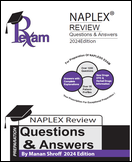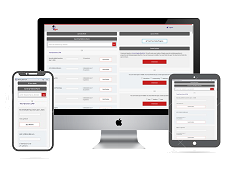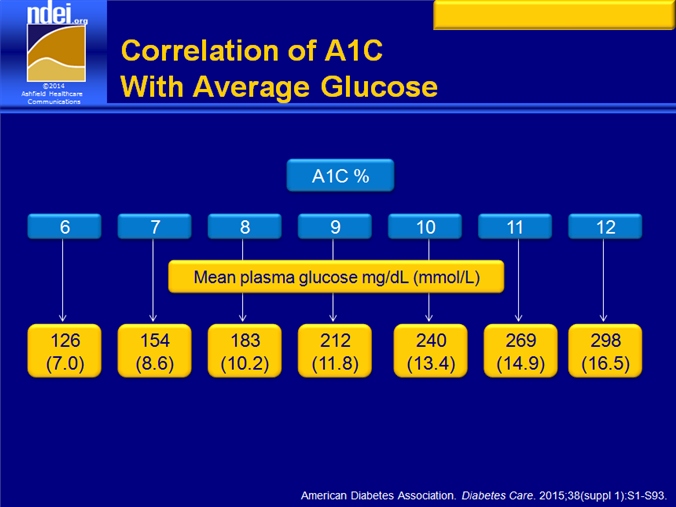
Which of the following information about Spritam is/are TRUE?
I. The active ingredient is Levetiracetam.
II. It is the first FDA approved drug that uses ZipDose technology.
III. It is indicated for the treatment of depression.
a. I only
b. III only
c. I and II only
d. II and III only
e. All
Which of the following information about Spritam is/are TRUE?
I. The active ingredient is Levetiracetam.
II. It is the first FDA approved drug that uses ZipDose technology.
III. It is indicated for the treatment of depression.
a. I only
b. III only
c. I and II only
d. II and III only
e. All
Answer: I and II only. Levetiracetam (Spritam) is indicated for the treatment of partial onset seizures, myoclonic seizures and primary generalized tonic-clonic seizures in adults and children with epilepsy.
Spritam utilizes Aprecia's proprietary ZipDose Technology platform, a groundbreaking advance that uses three-dimensional printing (3DP) to produce a porous formulation that rapidly disintegrates with a sip of liquid.1 While 3DP has been used previously to manufacture medical devices, this approval marks the first time a drug product manufactured with this technology has been approved by the FDA.
ZipDose Technology enables the delivery of a high drug load, up to 1,000 mg in a single dose. As a result, Spritam enhances the patient experience - administration of even the largest strengths of Levetiracetam (Spritam) with just a sip of liquid. In addition, with Spritam there is no measuring required as each dose is individually packaged, making it easy to carry this treatment on the go.
The recommended daily dose is 1000 to 3000 mg per day.
Sleepiness, weakness, dizziness, infection, tiredness, acting aggressive, nasal congestion, decreased appetite, and irritability are commonly reported side effects of Levetiracetam (Spritam).
Levetiracetam is also available under the trade names Keppra, Keppra XR, Spritam, Elepsia, Elepsia XR and Roweepra.
Try our Naplex QBank. www.pharmacyexam.com




